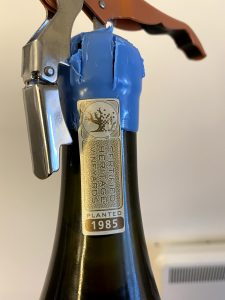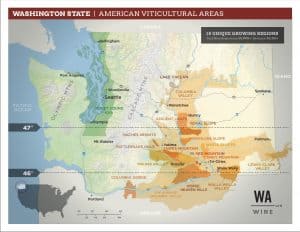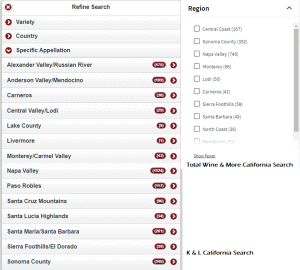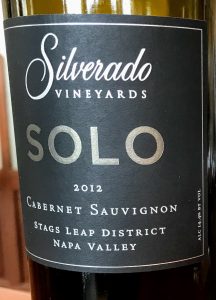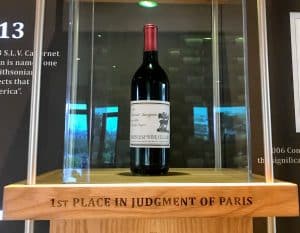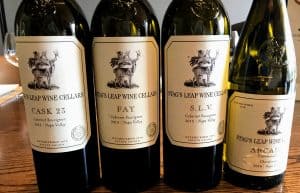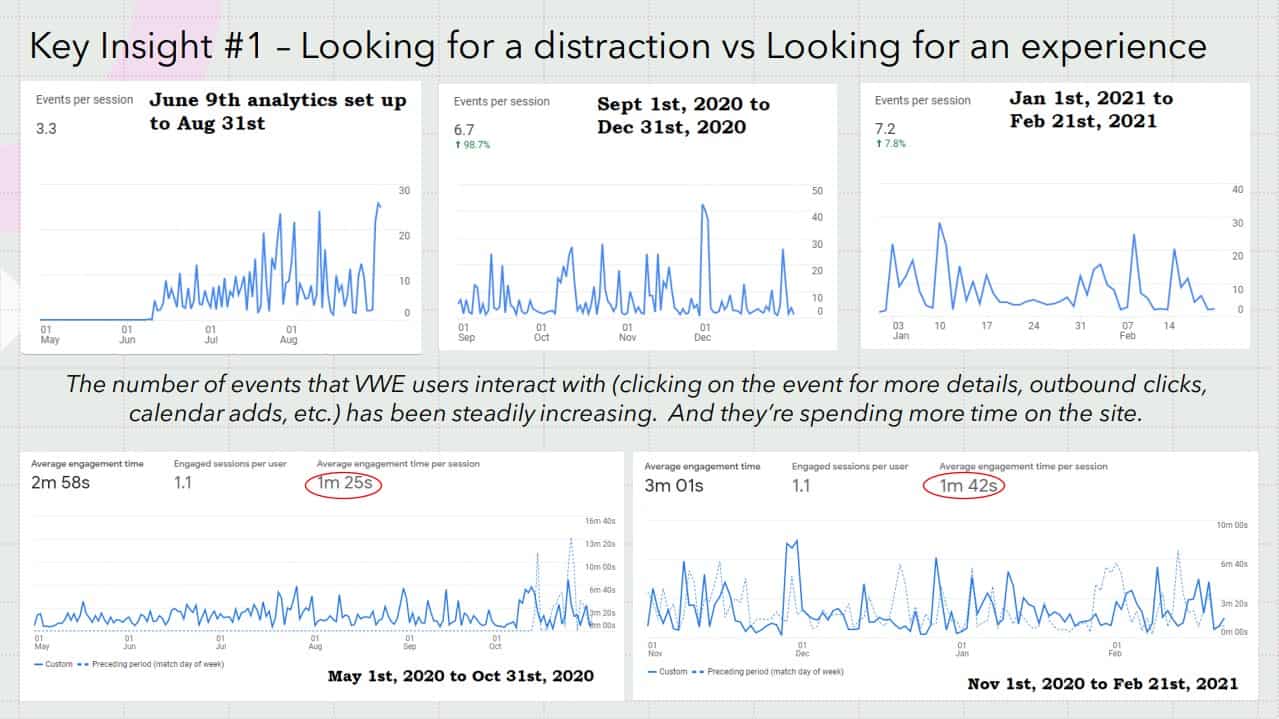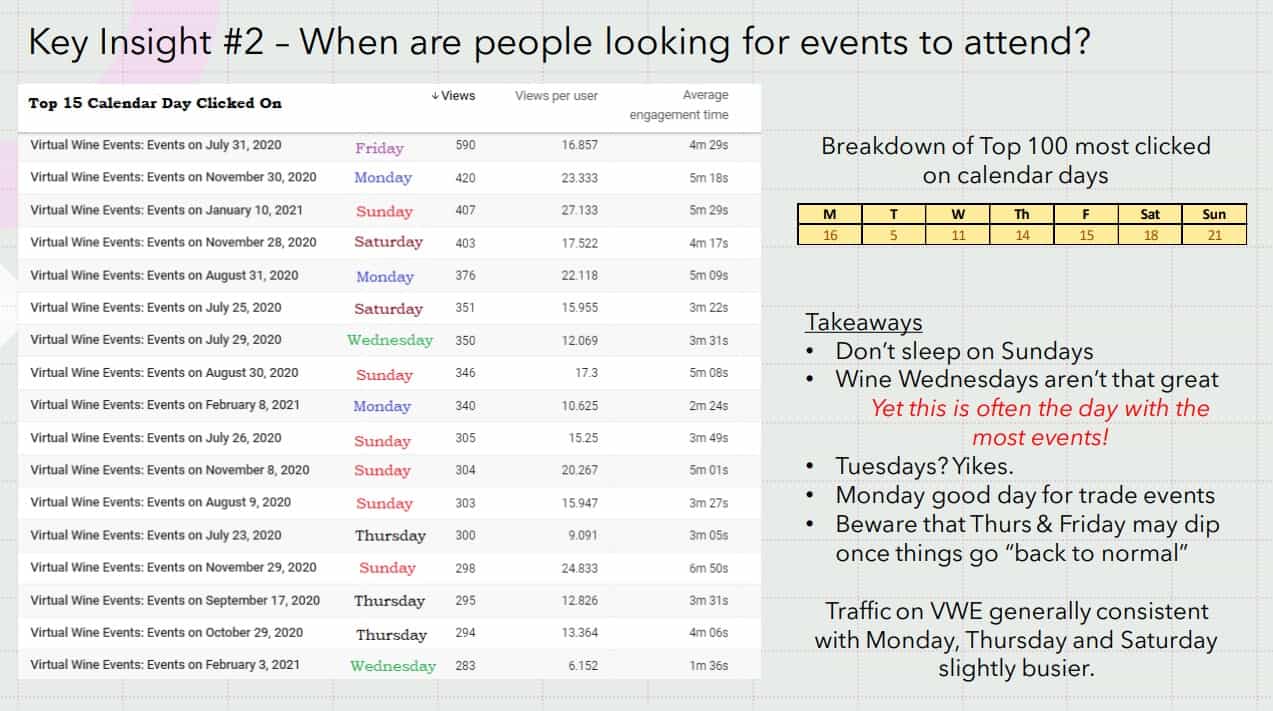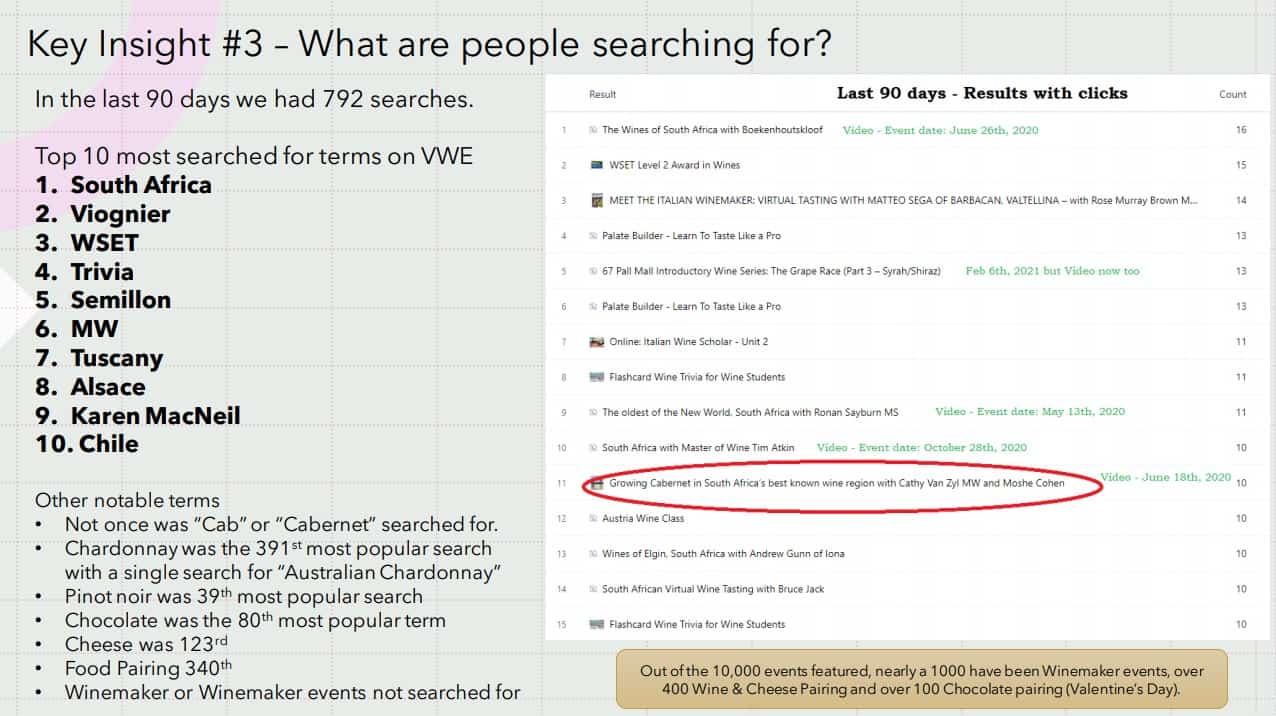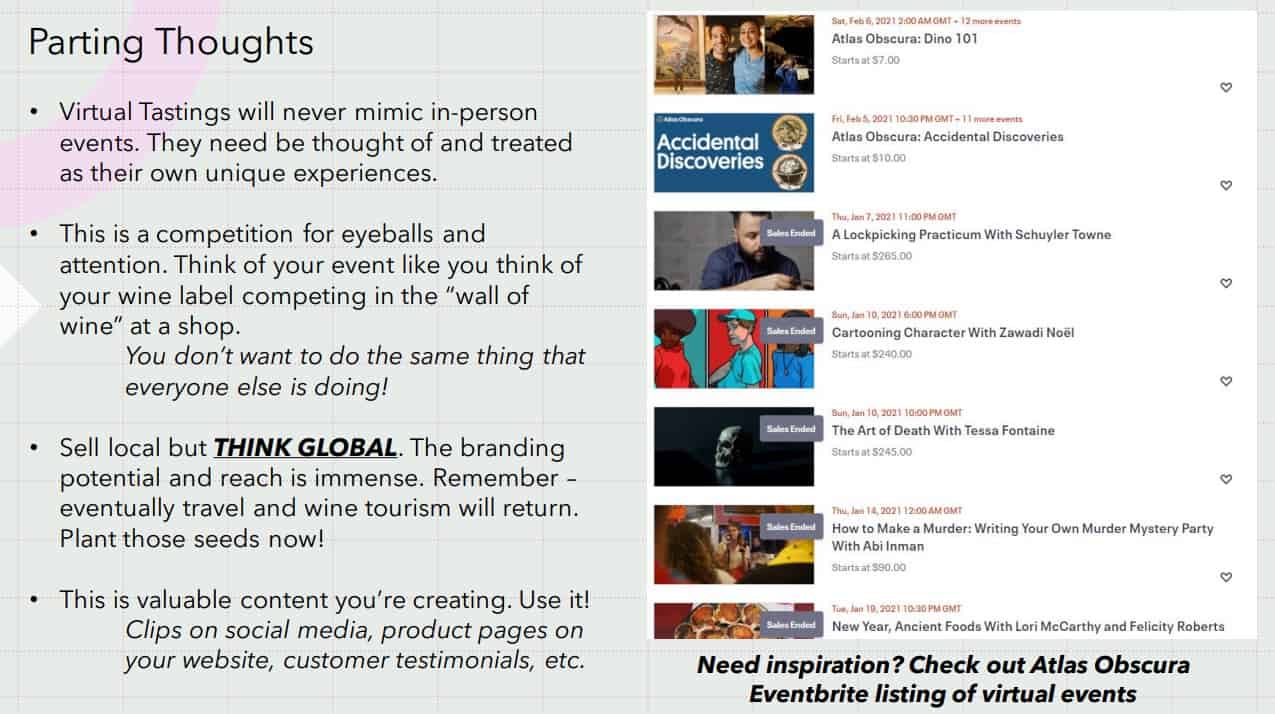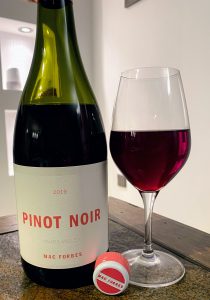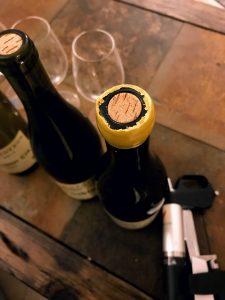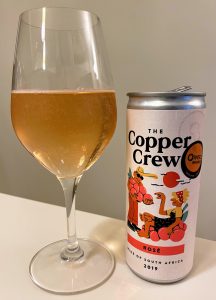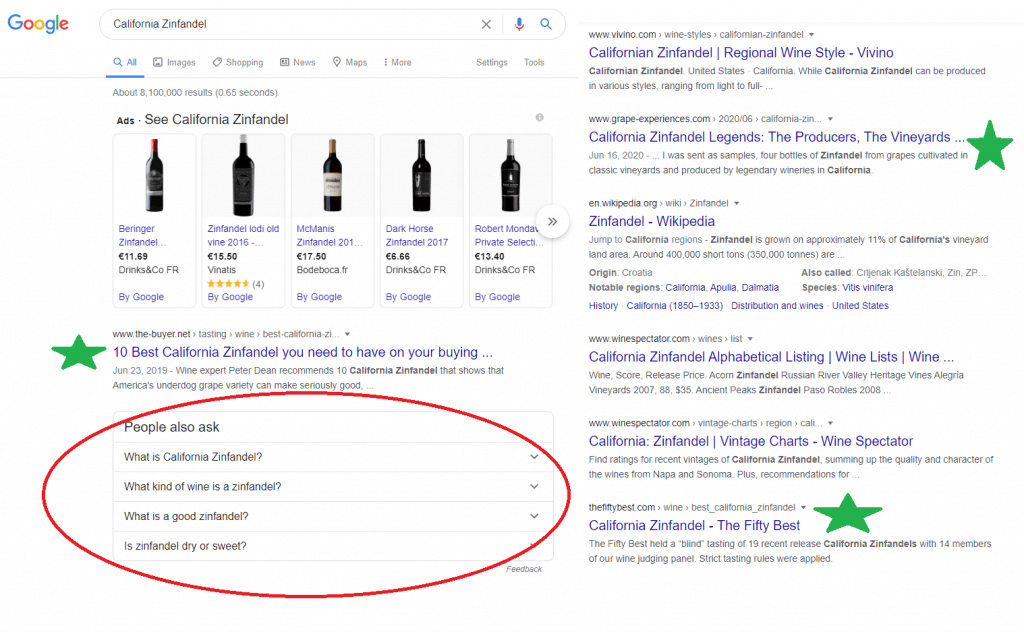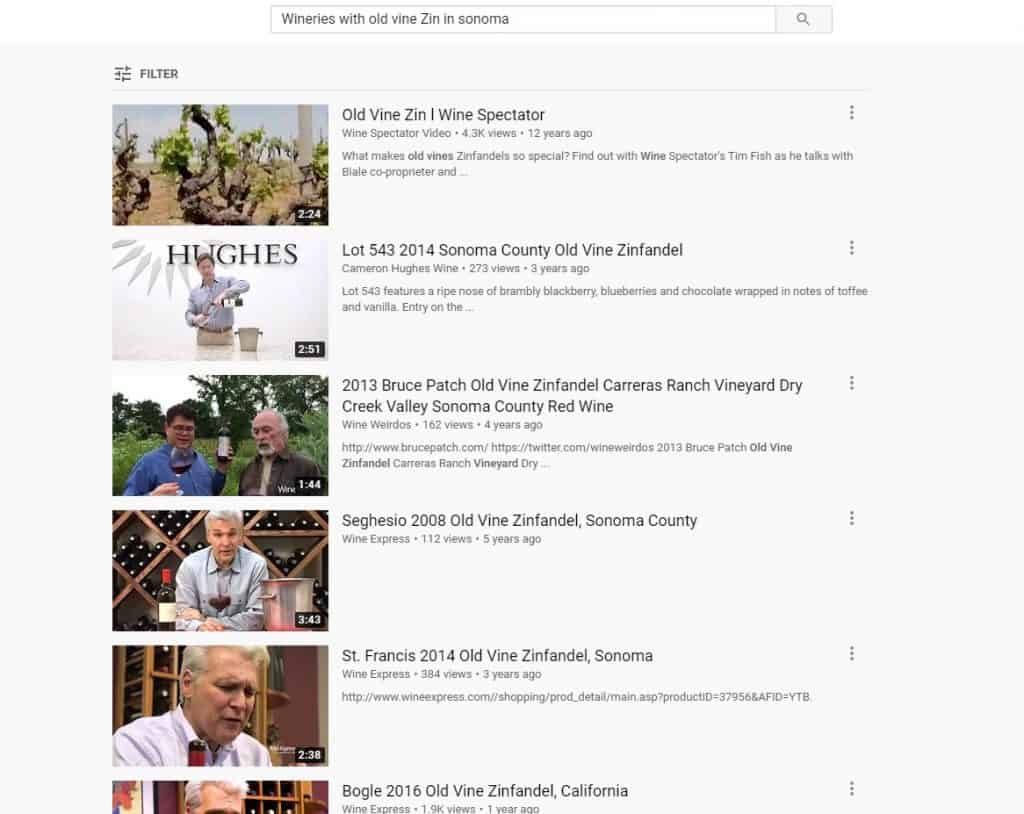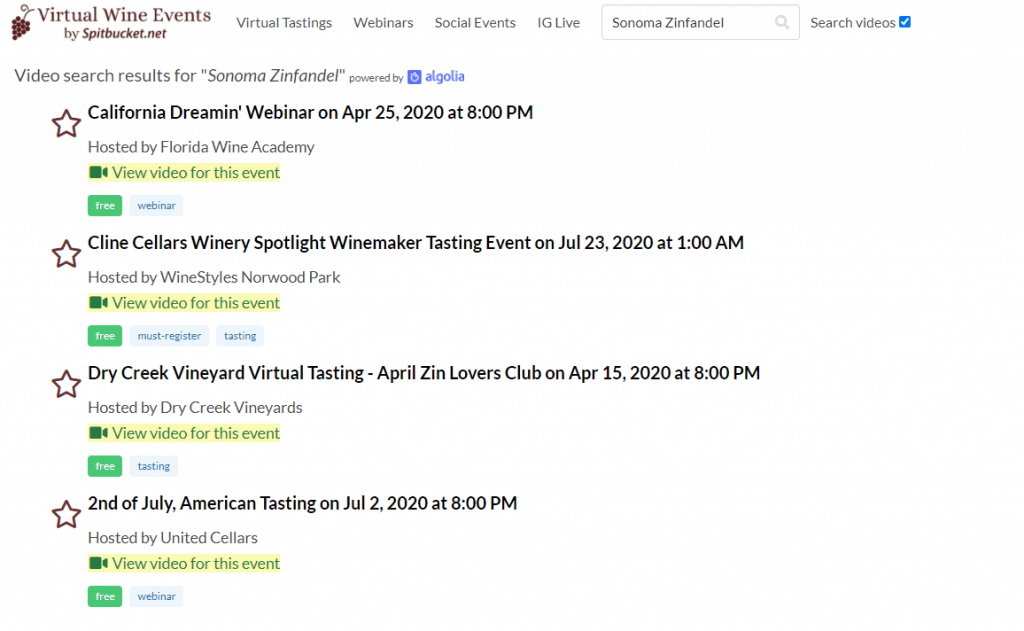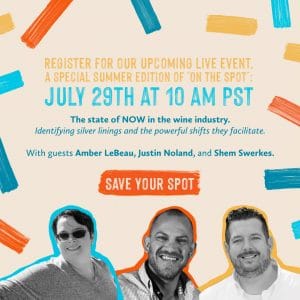Today marks the 7 month anniversary since the launch of VirtualWineEvents.com. Despite still being a very young site, I’ve been thrilled with its growth. We’ve had more than 7400 events featured with over 5700 unique site visitors. Additionally, more than 400 folks have created accounts to submit events.
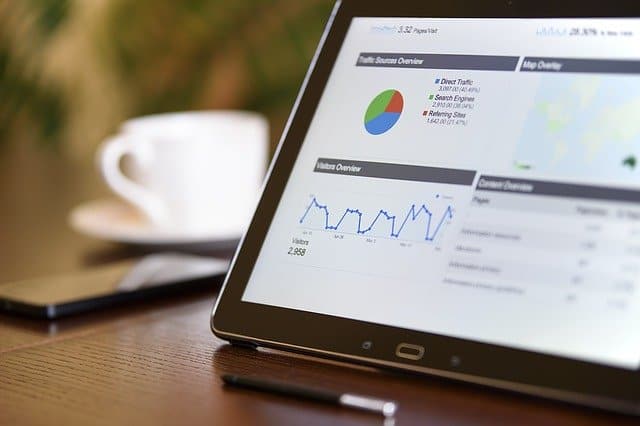
But the most exciting part is seeing the data from the site about what kind of virtual events consumers are seeking. It’s one thing to have anecdotes, but the hard numbers about what people are actually clicking on are deeply fascinating.
So today I’m going to share some of these insights gleaned from seven months of data from VirtualWineEvents.com. As I said when I first launched VWE, my goal has always been for this site to be a tool for the wine industry to help reach consumers. It’s why I have no interest in monetizing the site with things like sponsored listings or ads. I want to keep the richness of organic feedback–something that anyone can see, anytime, in things like the Trending Events and Trending Video Replays sections.
Though first, some caveats.
One, the data is deliberately very limited to protect the privacy of users. Not only do we respect GDPR on the site, but I have no interest in demographic details of users or what they do elsewhere. It’s only what they do on the site–which listings they interact with–that I care about. So if you want details about age, gender, income brackets or other interests, then you’re not going to find it here. The only data is from people who intentionally allow cookies and even that is limited to just very general details like location. Thus, the data below reflects the actions of only about half the nearly 6000 users of VWE.
Finally, the current audience for VirtualWineEvents.com is significantly biased towards the US.
After that, a good segment of our audience comes from the UK and South Africa and then Australia, Canada and India. While we’ve had visitors from over 70 countries (including growing traffic from New Zealand, Ireland, Germany, Hong Kong, Singapore, France, Netherlands, Brazil and Sweden), the US’s influence will still be highly reflected in these numbers.
In future posts, I’ll dive deeper into buzz ratings–highlighting events that have seen the most interaction on the site. In October, I did a lengthy Twitter thread about the Top 10 most popular listings ever featured on VWE. Since then, that Top 10 has shaken up a bit as video replays become an even more significant buzz generator.
But now, let’s get to the three biggest insights that have emerged about virtual wine events.
Lesson 1 – When is the best time to host virtual events?
Answer – It depends.
Overall, the time slot that has seen the highest number of pure interactions is 19:00 GMT (2 pm EST, 11 am PST). This is prime time for the UK, Central Europe (8 pm) and South Africa (9 pm). It also overlaps with viable US times (especially on the weekends). But I wouldn’t necessarily say that it is the most popular time slot. While that time has had the greatest cumulative number of interactions (clicks, bookmarking, calendar adds, etc.), users only interact with an average of 2.4 events that are scheduled to start in that time slot.
Instead, the overwhelming leader in terms of average event interactions is 0:00 GMT–midnight in London but entering prime time for the US from 7 pm East Coast to 4 pm Pacific. Users interact with an average of 6.1 events during this time slot, followed by 23:00 GMT (average 4.5 interactions) and 22:00 GMT. Again, significant US-bias at play here. Below I have a chart of each time slot ranked by the average interactions they see from users. In blue, I’ve highlighted the “prime time” hours of 5 pm to 9 pm (4:30 to 9:30 pm in ACST and India) when most events are held.
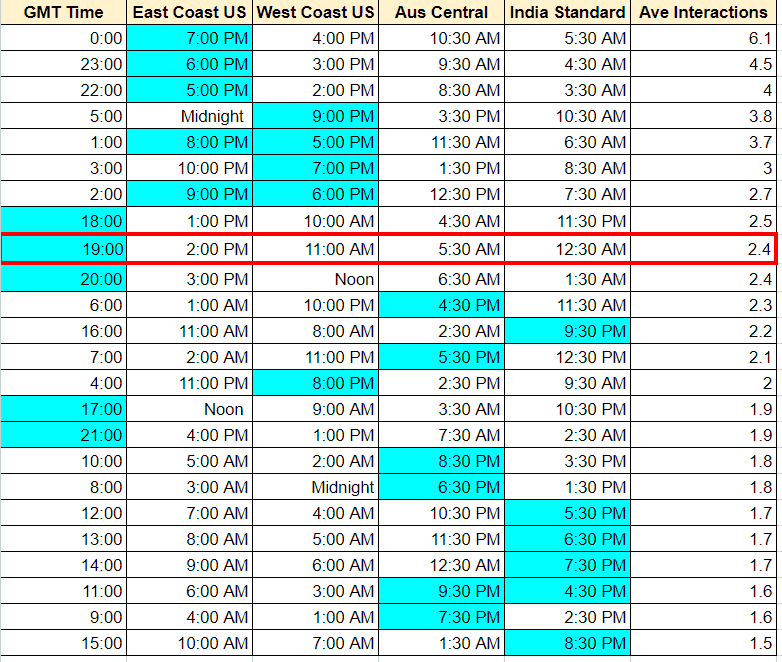
AUS Central is ACST, which includes South Australia (Adelaide, Barossa Valley, etc.)
Another time slot that jumped out to me was 17:00 GMT (Noon EST, 9 am PST) when many trade webinars are held. Many individual events in this time slot have generated a fair amount of buzz ratings (often through video replays), though overall it’s not a big hour. But the near-even distribution between US and UK users does seem to bear out the value of these times for industry events.
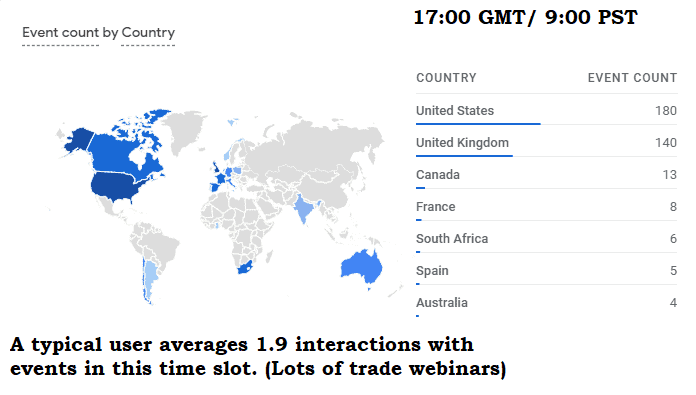
Takeaways:
Be mindful of your audience and err towards the prime time hours when you can. (Though I’m curious about that 8 pm drop in the West Coast US. Dinner time conflicts?) This is particularly true if you’re doing an event that involves tasting. Because let’s face it, not many folks want to drink wine at 9 am. But for more educational and informative events, the 17:00 to 19:00 GMT slots make a lot of sense to maximize overlap with engage audiences in Europe, South Africa & the US.
Lesson 2 – Virtual Tastings or Webinars? What is more popular?
To some degree, this is a question of who the audience for virtual wine events really is. Is it “regular” consumers who tend to gravitate towards tastings? Or is it more industry folks and highly engaged “winos” who tend to look for more educational events?
On VWE, I allow submitters to self-categorize their events as Virtual Tastings, Webinars, Social Events, IG Lives and Other. I leave the definition of the event up to them, but in the FAQ section, I offer this guidance:
Virtual Tastings– Events focused on specific wines to be tasted, usually with an expectation that participants have pre-purchased the wines ahead of the event.
Webinars– Events focused on a particular topic (such as Old Vine Zinfandel or the Wines of Rioja) that may include tasting specific wines but are structured to where participants don’t necessarily need to have those exact wines in order to enjoy the event. This would also include master classes and other educational events.
Social Events– This is a broad category that includes trivia, quizzes and other wine games, virtual happy hours, yoga, painting and cooking classes, book clubs, Twitter chats, movie viewing parties, etc.
Instagram Live– Due to the growing popularity of these events, we’ve created a separate category to highlight them. IG Lives often incorporate elements of Virtual Tastings, Webinars and Social Events with the common link being the convenience of being able to easily drop in on them while they’re happening.
While the popularity of Social Events & IG Lives ebb and flow (both were way more popular during lockdowns but still have some legs in the US), virtual tastings and webinars have shown remarkable staying power. And it’s pretty darn even between the two.
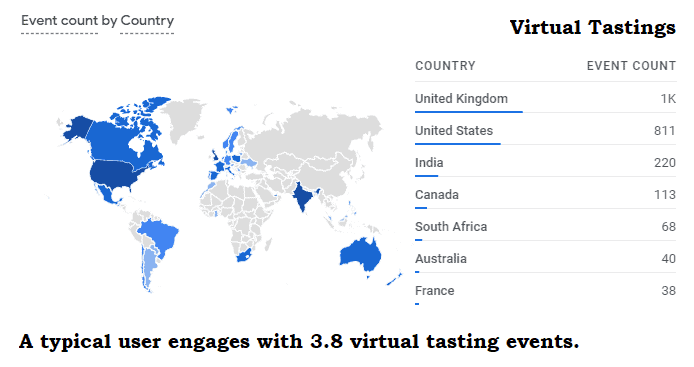
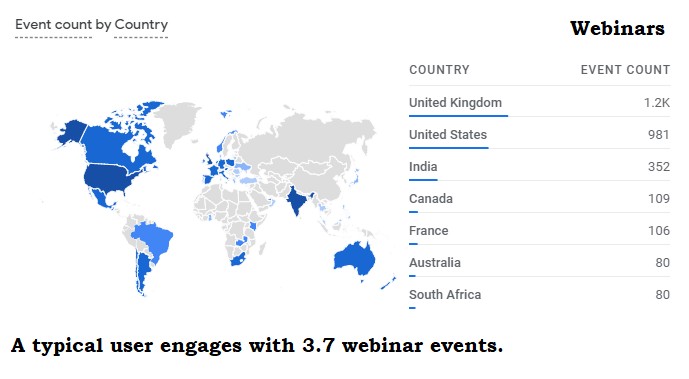
Takeaways:
Obviously, we’ll need to keep watching these numbers whenever things hopefully, someday get back to “normal.” While it’s easy to envision webinars still going strong post-COVID, I know many folks have been skeptical about the long term viability of virtual tastings. I don’t think we can pull any concrete takeaways from the data just yet. However, after seven months, there’s enough here to suggest that there will be some sustained interest in VTs.
Lesson 3 – Free or Paid events?
Outside of the “When should I hold my event?” question, the topic of whether an online event should have the cost of wine included upfront or be a free BYOB (bring your own bottle) event is one of the most frequent queries I get. This was the subject of another lengthy Twitter thread I did last month while looking at the data for the top 100 events based on buzz ranking.
That was more back of the envelope extrapolating. But looking at the hard data, events categorized as “Free” do get significantly more engagement. The average user engages with 3.6 free events compared to 2.3 engagements with all other events. However, as I noted in the Twitter thread, it does seem like that trend is changing with more consumers having their interest piqued by paid events.
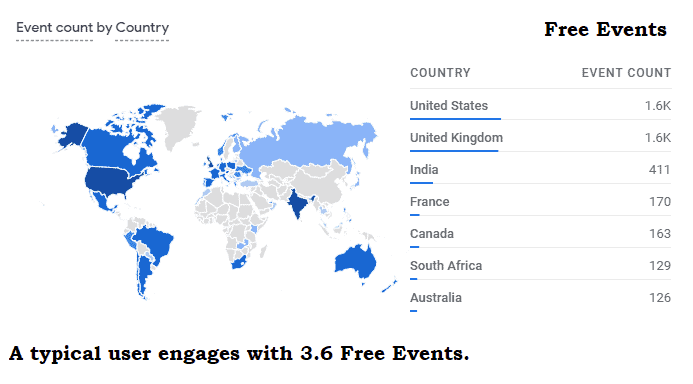
Note: If an event lists a cost range like $0-20, it is not categorized as a “Free” event.
From Impulse to Intent.
In the Twitter thread, I shared my suspicion that one of the drivers of this change is that the mindset of consumers looking for online wine events seems to be shifting. At the beginning of the year, with the COVID pandemic and lockdowns freshly sprung upon us, folks were looking for an escape, for entertainment. That search for distraction played well with the novelty of virtual tasting and easy to consume options like IG Lives.
But as we settle into our new normal with (hopefully) more entertainment options opening up, wine consumers aren’t necessarily looking for distractions anymore. Instead, the ones who continue to seek out virtual events are looking for particular things. It’s more active engagement instead of passive consumption. We’re moving from a mindset of impulse (Hmm, is there anything to do tonight?) towards one of intent (I want to do ________). And consumers are usually more willing to pay for something that fits what they are explicitly seeking versus what strikes them on a whim.
This relates to another trend I see on the site.
The average user is spending a lot more time on VirtualWineEvents.com, clicking and engaging with listings. Right now, the average engagement is 3 minutes and 6 seconds. But compare the numbers from our first two months (May & June) with those of the past two (October & November).
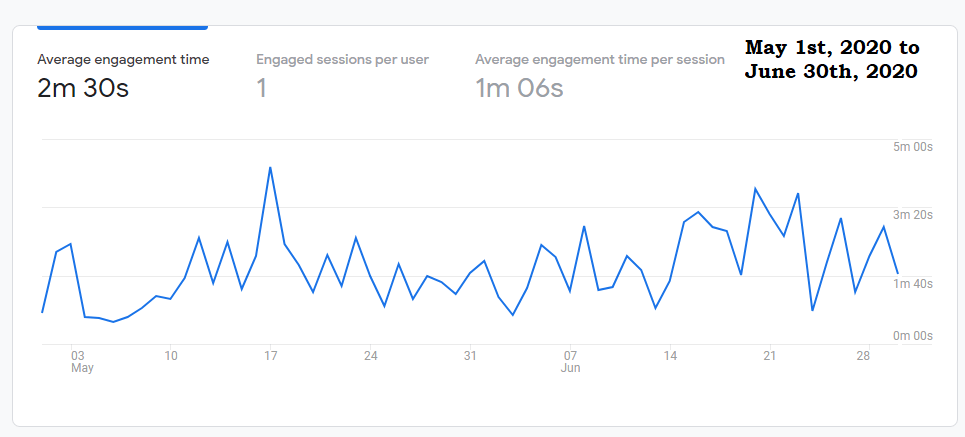
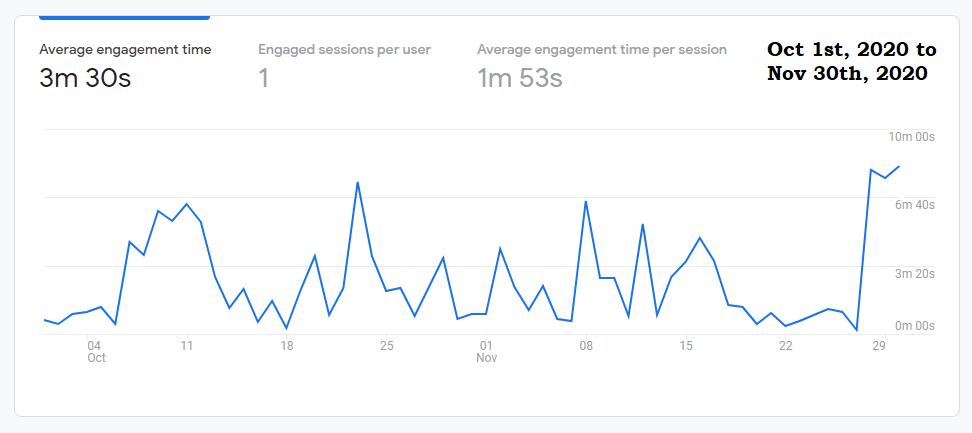
Not only is the overall average engagement time higher but the average per session is also nearly a full minute longer (1m 06s to 1m 53s). And it’s not because there are more events to look through each calendar day. On the contrary, May and June were the two most prolific months with nearly 2600 events. At the other end, October and November only featured around 1200 events.
But even though the number of events has waned since the pandemic-induced frenzy of virtual tastings, the overall quality of events has improved. And accordingly, the seriousness and selectiveness of the consumers looking for these events have risen in response.
So what comes next?
While there was a lull in events during the Northern Hemisphere’s summer, activity has definitely picked up in the winter. It surprised me to see already 412 events submitted for December and another 91 for January. Typically that number slowly builds throughout a month as events get submitted on average 3 to 7 days before they happen. Quite a few only get submitted the day of or day before.
I hope this trend is pointing towards hosts being more proactive in scheduling events with enough time to promote them. We really need to move beyond a “fly by the pants” mentality of throwing things together and just hoping people show up. Allowing more time to promote gives events a chance to build buzz and reach more consumers. As people move from what’s happening now? to actively searching for events that they want to attend, you want to show up in that search even if your event is still several days or weeks away.
And you want them to find you after the fact as well.
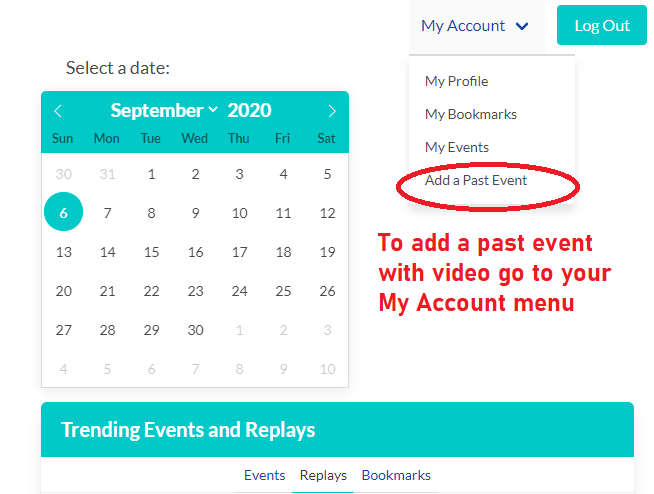
Even if your event wasn’t originally featured on VWE, you can still add a video replay link.
I can’t overstate the value of video replays–especially webinars and winemaker events. That archive of quality content is truly the future of virtual wine events and where folks can find their most significant ROI. This will be another area that I’ll explore more in future posts as I keenly keep an eye on what’s popping up on the Trending Replay section.
Another thing I’m working on is categorizing the buzz rating data by keywords in their descriptions to compare events. I want to see how events with things like cooking class, blind tasting, cheese pairing, etc., fare in generating engagement. Which grape varieties or wine regions generate the most buzz? Does featuring a well-known moderator, Master of Wine or Master Sommelier help set some events apart? Tons of great stuff to sink my teeth into.
Of course, folks are welcome to ping me (amber@spitbucket.net) anytime about virtual events. As I said above, my goal for VWE is to be a tool for the wine industry. So if there are ways that this data can help wineries, wine shops, restaurants, educators and influencers better reach consumers, I’ll do my best to share it freely.


